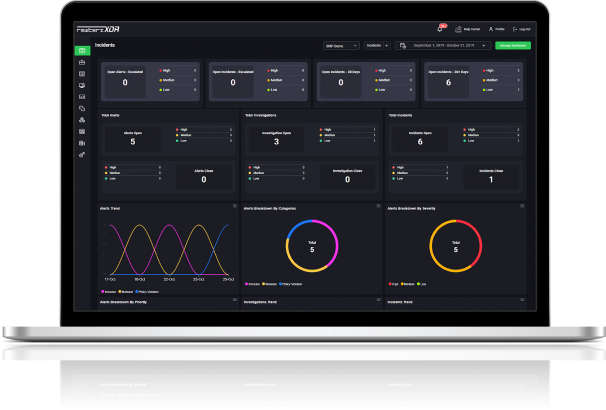

Multiple NVIDIA Triton Inference Server Vulnerabilities
August 5, 2025
Multiple Trend Micro Apex One Vulnerabilities
August 6, 2025
Multiple NVIDIA Triton Inference Server Vulnerabilities
August 5, 2025
Multiple Trend Micro Apex One Vulnerabilities
August 6, 2025Severity
Medium
Analysis Summary
The Bumblebee malware is malicious software that primarily targets enterprises. It is spread through two main methods: Google Ads and SEO poisoning which promote popular software applications such as Zoom, Cisco AnyConnect, ChatGPT, and Citrix Workspace.
Bumblebee was first identified in April 2022 and is believed to have been created by the Conti cybercriminal group. It replaces the BazarLoader backdoor, which the attackers previously used to gain initial access to target networks and carry out ransomware attacks.
In September 2022, a new version of the Bumblebee malware loader emerged in the wild. This updated version adopted a more stealthy approach to its attack chain. Specifically, it leveraged the PowerSploit framework for reflective DLL injection into the computer's memory. This technique allows the malware to operate without leaving significant traces, making it harder to detect and remove.
Bumblebee malware is designed to download and run additional payloads to infect computers with other malware. Bumblebee can inject information stealers, cryptocurrency miners, and other malware since it is designed to drop extra payloads. The C2 (Command and Control) server is where Bumblebee gets commands. Attackers use it to download and execute files directly, inject malicious DLLs, and create operating system persistence.
Researchers have recently uncovered a new campaign that employs Google advertisements to propagate the Bumblebee malware. In this campaign, attackers use Google Ads to promote counterfeit or trojanized versions of popular software applications. Unsuspecting victims who click on these malicious ads unwittingly download the malware loader onto their systems.
Impact
- Credential Theft
- Financial Loss
- Sensitive Data Exposure
Indicators of Compromise
Domain Name
- ev2sirbd269o5j.org
- 2rxyt9urhq0bgj.org
- opmanager.pro
- angryipscanner.org
- ip-scanner.org
IP
109.205.195.211
188.40.187.145
193.242.184.150
MD5
ca8646dfc88423bb9fffda811160cebe
bcee0ab10b23f5999bcdb56c0b4a631a
SHA-256
a6df0b49a5ef9ffd6513bfe061fb60f6d2941a440038e2de8a7aeb1914945331
6ba5d96e52734cbb9246bcc3decf127f780d48fa11587a1a44880c1f04404d23
SHA1
febbaf5f08a8e0782ffcce8beef1f2b4e249a52b
f352cec89a56e23dae20cdd62df4d40bc7f22b5e
Remediation
- Block all threat indicators at your respective controls.
- Search for indicators of compromise (IOCs) in your environment utilizing your respective security controls.
- Emails from unknown senders should always be treated with caution.
- Never trust or open links and attachments received from unknown sources/senders.
- Maintain cyber hygiene by updating your anti-virus software and implementing a patch management lifecycle.
- Patch and upgrade any platforms and software timely and make it into a standard security policy. Prioritize patching known exploited vulnerabilities and zero-days.
- Enable antivirus and anti-malware software and update signature definitions promptly. Using multi-layered protection is necessary to secure vulnerable assets.
- Maintain daily backups of all computer networks and servers.








